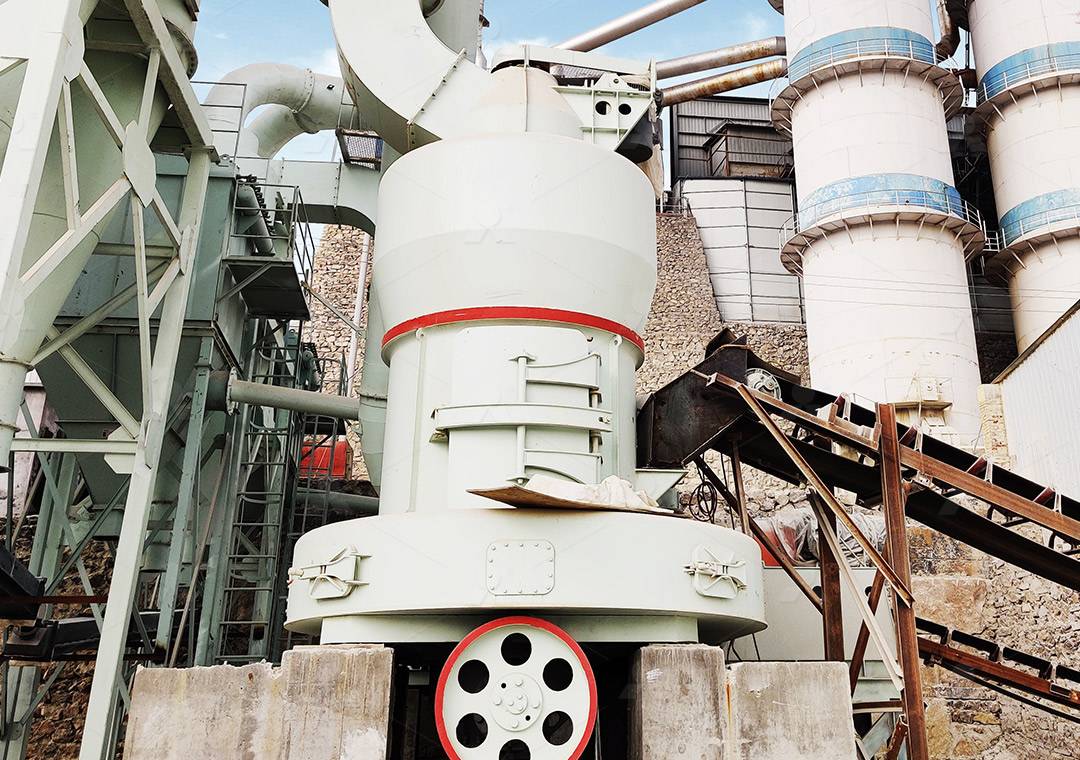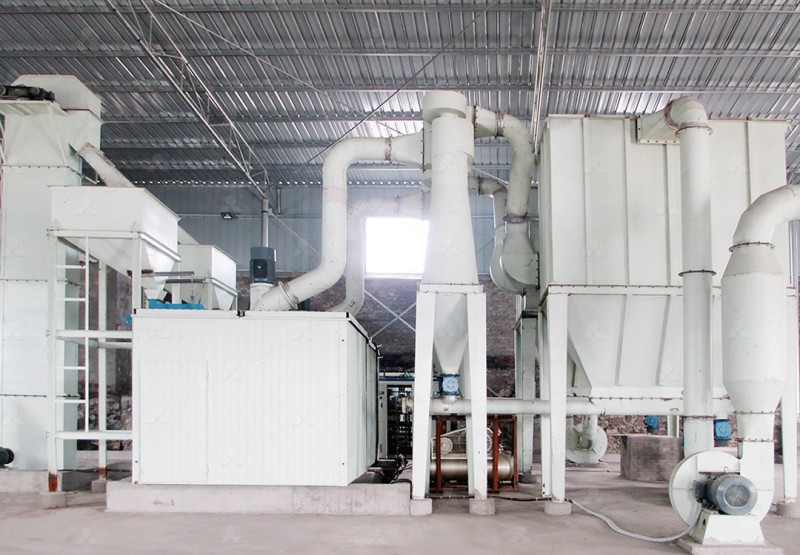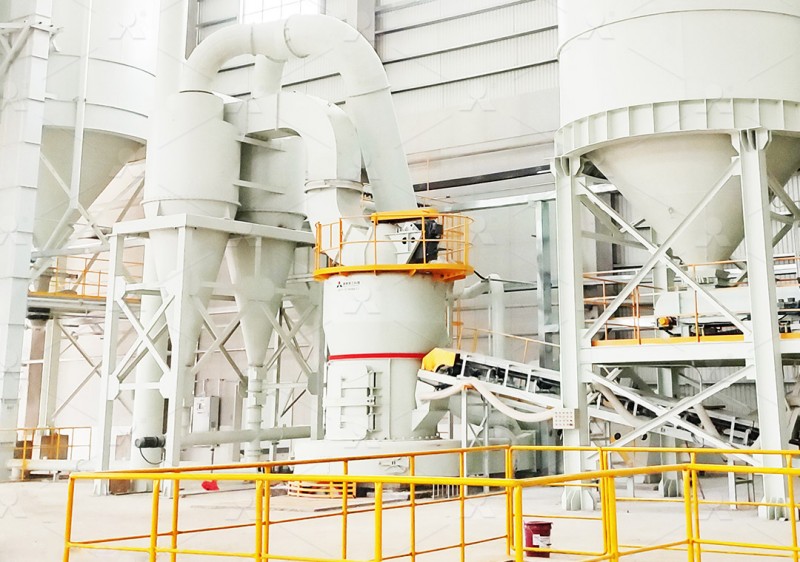How Much Does a Raymond Mill Cost in Shandong?
How Much Does a Raymond Mill Cost in Shandong?
As a seasoned industry professional with over fifteen years of experience in mineral processing equipment, I’m often asked for ballpark figures on machinery costs. The question of how much a Raymond Mill costs in Shandong, a major industrial hub, is more nuanced than it appears. While I can’t provide an exact quote without specific project details, I can guide you through the factors that determine the final price and introduce some modern alternatives that might better suit your operational needs.
The traditional Raymond Mill, a workhorse in powder processing for decades, typically ranges significantly in price based on model specifications, production capacity, and additional configurations. In the Shandong market, you might find entry-level models starting around $15,000, with more sophisticated units reaching $100,000 or more. However, focusing solely on the initial purchase price can be misleading—operating costs, maintenance requirements, and energy consumption dramatically impact your total cost of ownership.

Key Factors Influencing Raymond Mill Pricing
Several elements contribute to the final cost of a Raymond Mill in Shandong’s competitive market. First, production capacity requirements directly affect pricing—higher capacity models command premium prices. The fineness of your finished product also matters, as mills equipped with advanced classifiers for ultra-fine grinding come at a higher cost. Material characteristics play a crucial role too; processing abrasive materials requires more durable grinding components, increasing both initial and long-term costs.
Local market conditions in Shandong create pricing variations too. Proximity to manufacturing facilities might reduce transportation costs, while local demand fluctuations can affect availability and pricing. Additionally, optional features like automated control systems, enhanced dust collection, or special protective coatings for corrosive environments add to the base price but often deliver significant operational benefits.
Modern Alternatives to Traditional Raymond Mills
While Raymond Mills remain popular for certain applications, technological advancements have introduced more efficient alternatives that often provide better value over their lifespan. At our company, we’ve developed the MW Ultrafine Grinding Mill specifically for operations requiring superior fineness and energy efficiency.
The MW Series represents a significant leap forward in grinding technology. With an input size of 0-20 mm and capacity ranging from 0.5-25 tph, it handles materials from limestone and calcite to more specialized applications in chemicals, paints, and food additives. What sets this mill apart is its remarkable efficiency—production capacity is 40% higher than jet mills and stirred mills with the same fineness and power requirements, while system energy consumption is just 30% of comparable jet grinding mills.

Another exceptional option for Shandong-based operations is our LUM Ultrafine Vertical Grinding Mill. With its input size of 0-10 mm and capacity of 5-18 tph, this mill integrates ultrafine powder grinding, grading, and transporting in a single compact system. The LUM series reduces energy consumption by 30%-50% compared to conventional mills while delivering higher yielding rates and better product quality through its unique roller shell and lining plate grinding curve design.
Beyond the Purchase Price: Total Cost Considerations
When evaluating milling equipment for your Shandong operation, looking beyond the initial investment is crucial. Maintenance requirements, spare parts availability, and energy consumption significantly impact your bottom line over years of operation. Modern mills like our MW and LUM series are engineered with maintenance reduction in mind—features like external lubrication systems and reversible structures minimize downtime and reduce long-term operating costs.
Environmental compliance represents another cost factor, particularly in Shandong’s regulated industrial landscape. Our MW Ultrafine Grinding Mill comes equipped with efficient pulse dust collectors and mufflers that ensure operations meet national environmental protection standards without additional retrofitting expenses.

Making the Right Investment Decision
Selecting the appropriate milling equipment requires careful analysis of your specific production requirements, material characteristics, and long-term operational goals. While the traditional Raymond Mill might seem like a familiar choice, modern alternatives often deliver superior performance and lower total cost of ownership.
I recommend consulting with our technical team to analyze your specific application. We can provide detailed quotations and performance comparisons tailored to your Shandong operation, ensuring you make an informed decision that balances initial investment with long-term operational efficiency.
Frequently Asked Questions
What is the typical price range for a Raymond Mill in Shandong?
Prices vary significantly based on specifications, but generally range from $15,000 for basic models to over $100,000 for high-capacity, feature-rich units. Exact pricing requires a detailed project analysis.
How does the MW Ultrafine Grinding Mill compare cost-wise to traditional Raymond Mills?
While the initial investment might be higher, the MW Series offers substantially lower operating costs through 40% higher production capacity and 70% reduced energy consumption compared to jet mills, delivering better long-term value.
What after-sales support is available for grinding mills in Shandong?
We provide comprehensive technical services and original spare parts support to ensure worry-free operation, with local service networks throughout Shandong’s industrial regions.
Can these mills handle materials beyond the typical limestone and calcite?
Yes, both our MW and LUM series are engineered to process various materials including dolomite, petroleum coal, gypsum, barite, talc, and specialized applications in chemical, paint, and food industries.
How important is energy efficiency in total operating costs?
Extremely important—energy consumption typically represents 40-60% of total operating costs in grinding operations, making high-efficiency mills like our MW and LUM series significantly more economical over their lifespan.
